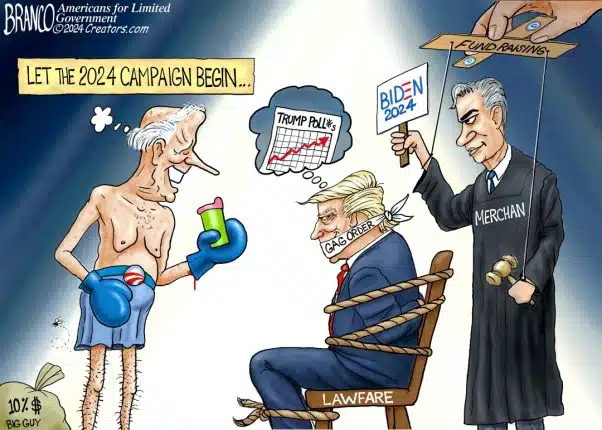Which is a bigger problem for the poor: Low incomes or the high cost of living?
According to New York Times columnist and economist Paul Krugman, it’s low income. In a January 19 piece, “The undeserving rich,” Krugman writes, “for the past three decades and more the main obstacle facing the poor has been the lack of jobs paying decent wages.”
Of course, “decent wages” as defined here only makes sense in relation to something else. And that is the cost of living, of course.
Since 1976, the Freddie Mac Home Price Index has nominally grown at an average of 4.7 percent a year. Meanwhile, incomes for the bottom 20 percent of earners only grew by 3.9 percent.
See, in the U.S., we make a habit of not addressing the root causes of the high cost of living, but instead focus on its symptoms. In this case, believing that wages are too low relative to living costs.
In response, governments have instituted a wide range of minimum wages, rent controls, and so-called “affordable housing” programs that issue mortgages to those with lower incomes.
Yet, after decades of implementing such programs, why do we still feign outrage over the fact that the cost of living (i.e. property values and rents) has outpaced incomes?
This is not economic oppression, it is inflation — stagflation, really — brought on by the very government policies designed to help the poor. Namely, unlimited government finance directed at property, creating artificial demand for that asset, has historically up the cost of living including rents, far outpacing wage growth.
For while property is scarce, the credit to purchase it, via the Federal Housing Administration, Fannie Mae, and Freddie Mac, really is not. And low interest rates, as determined by the Federal Reserve, make credit even looser.
Consider the housing bubble experience. The poor would unquestionably have been better off if “affordable housing” programs — which have the ironic effect of making housing unaffordable — had never been implemented in the first place.
Fannie Mae and Freddie Mac’s “affordable housing goals” rose from 30 percent in 1993 to 56 percent by 2008. By then, these companies owned or guaranteed more than $5 trillion of mortgages.
Unsurprisingly, from 2000 to 2006, the Freddie Mac Home Price Index averaged 8.55 percent growth a year. No rational economist would have ever expected even nominal economic growth to ever keep up such a pace, which only grew an average 5.25 percent those years.
Let alone incomes. Median income only grew nominally an average 2.46 percent during those years, according to the U.S. Census Bureau. Mean income for the bottom 20 percent was just 2.01 percent.
Not even the top 5 percent — whose incomes grew 3.46 percent during those years — kept up with the growth of home prices.
Was the problem then that the government did not require 8.55 percent increases to the minimum wage or all wages each year, or that we were financing housing with too much unlimited credit?
No amount of minimum wage increases was going to make those houses any more affordable. Once one considers all of the data, it is clear that in the 2000s, income inequality cannot explain the housing bubble at all.
Now, even with home prices having collapsed since 2007 before rallying in 2013, the cost of living may yet still be elevated. What good is making even $10 an hour or $1,600 a month working full-time — a new proposed minimum wage — if your rent with utilities is still $1,500 a month?
This is why many young Americans are being washed out of high cost states like New York. It’s not that incomes are too low. To quote Jimmy McMillan, it really is that the “rent is too damn high.”
The problem is that unlimited government finance for housing — and higher education, health care, and government itself for that matter — are so incident of our current system it is almost unthinkable to propose doing away with it. Because then prices would collapse.
Which, surely they would. But even in the most recent downturn, the collapse of home prices far exceeded even the drop of incomes. From 2007 to 2012, home prices fell 4.2 percent average every year, but median income increased almost 1 percent each year. This did far more to drive the cost of living down than any big government program ever has.
The market correction had to happen eventually. But don’t expect anyone else in Washington, D.C. or elsewhere to suddenly seek ways to restrict the government policies that created the bubble.
Instead, we will continue to flail about and pretend, with little evidence, that higher minimum wages, rent controls and yet more “affordable housing” programs — which simultaneously increase the cost of living and doing business — will somehow fix the problem when they have not for more than 40 years.
Robert Romano is the senior editor of Americans for Limited Government.








